As part of celebrations for Māori Language Week, Vini Olsen-Reeder chats with his relation Hinemārie Burton about co-writing their first book together. Ngā Maunga Tohorā: The Whale Mountains is a children’s book wrapped in identity, language and local Tauranga history.
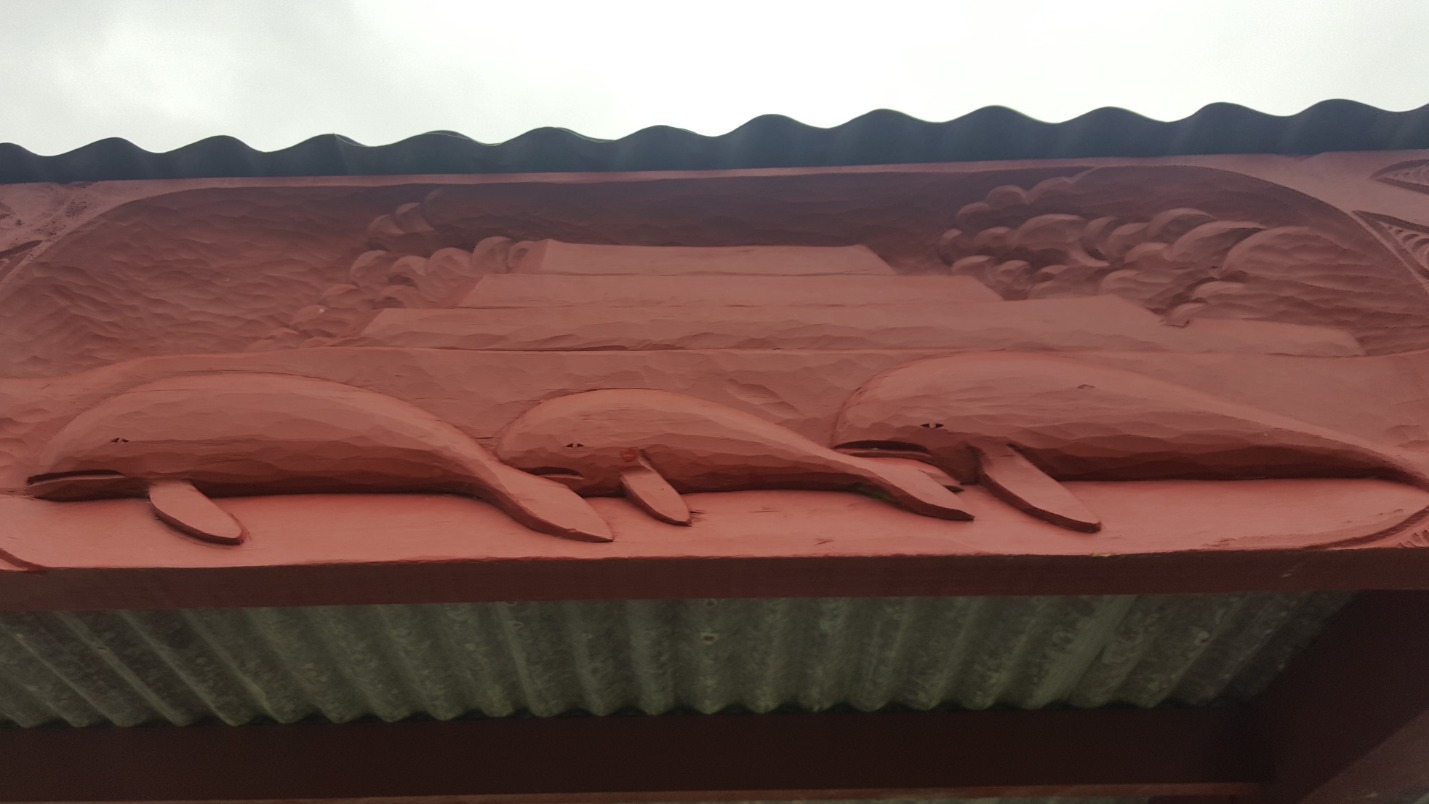
Vini: Kia ora e te whanaunga! First up, let’s talk about the roles we both played in creating Ngā Maunga Tohorā!
Hine: I was the Project Manager and co-writer. I’m the Resource Teacher Māori for Tauranga Inspired Kindergartens. My role is to walk that line between te ao Pākehā and te ao Māori. At the time we had an overall goal to make a quality resource for use in our kindergartens, pertinent to the national curriculum we all have to follow, Te Whāriki.
Outside of work, I also consider myself a pononga, a or kaitonotono (a disciple, or I guess you could say gofer!) for my people of Tauranga. As this book unfolded, I also felt a key role was to ensure that our book remained respectful to us as tangata whenua.
V: My role in the book, like you, was as a co-writer, but I think I came from a much different perspective. I don’t work in early childhood and grew up away from Tauranga, and the inspiration for this book lies in my old pen-pal, my Nana. She and I used to write letters to each other, back when her vision was better. We can’t really do that anymore. I enjoyed that process and still read her letters.
…the inspiration for this book lies in my old pen-pal, my Nana. She and I used to write letters to each other.
In one of them, she recounts the history of three whales, ngā maunga tohorā. Now they’re three mountains around the tribal region of Ngā Pōtiki a Tamapahore, where you and I both share connections. Nana wrote that letter in English and, when I couldn’t find a version in te reo Māori, I sat down and wrote one. Much later, I translated that back into English. I never dreamed it would be published! It was just for me at the time, perhaps my kids one day.
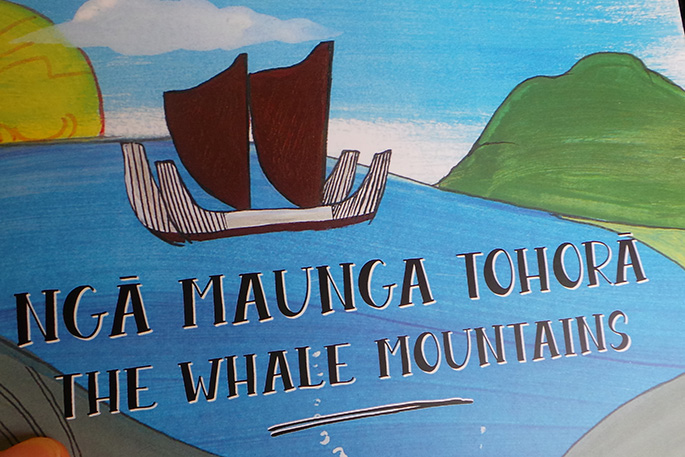
When I met you, we clicked immediately, eh? It felt a good fit to explore this book with you. But I was genuinely scared about the publishing aspect. I wasn’t confident about writing stories for back home when I didn’t grow up there. This book is a history that belongs to our people, and they might be angry that someone they didn’t know was publishing their local histories. I felt happy about the possibility of writing something my relations might like. But I was sad I never got to learn these stories another way, perhaps lying in my bed at night, like other children get to do.
There is a lot of feeling wrapped up in the reality surrounding this book. Lots of people take Māori stories and write them up – even people who have nothing to do with them. They won’t ever have to feel like this, which makes taking (and re-writing) our histories really easy.
H: True, but it is an amazing experience. The simplicity of sentences and the scope meant that the information had to be succinct and to the point. Because I’m based in Tauranga I was able to seek agreement from kaumātua for using the narrative, and the words. It was seamless. We were all aware of the importance of having our kōrero in the educational sector, and that the project goals were to provide tamariki and whānau with this sacred kōrero. We made sure we had a good process.
V: Can you tell us about how you changed the text I initially wrote to align more with children? That’s a really incredible skill you have and it’s pretty special.
H: As an educationalist my passion is sharing te reo Māori with others, especially tamariki Māori in English-stream educational settings. The words were based on Tauranga Inspired Kindergartens, and teacher conversations around incorporating numeracy and literacy within the pukapuka itself. So we do counting inside the text.
Also, we included some calming techniques we use with tamariki when they’re upset. ‘Hau ki roto, hau ki waho’ is what we use for ‘breathe in, breathe out,’ and there again we were able to include numeracy things to count the second the whales breathe for.
Pākeke [elders] wanted to include wāhi whakahirahira [sites of significance] and local fish species too, so those are in there toospecial places. We have some particular types of kaimoana we can gather and our own kupu for specific kaimoana. It was important to use our own dialect.
V: Those are both my favourite things about the book, but I also love that it’s bilingual. I’m not sure if you know this, but I wanted the book to be monolingual at first. I think bilingual was the right choice. Not all of our tamariki can speak Māori, or grow up in a Māori-speaking home. Publishing the book in both languages means that none of our tamariki are left out of this story.
H: For me, the whole project is about the Te Tiriti o Waitangi. Working together to provide for future generations. Māori appears first on the page, as these are Māori narratives that Ngā Pōtiki agreed to share. The English directly below to assists non-Māori-speaking readers. The sentences were kept basic and we were careful not to overwhelm the reader with too many words. Vini, I think your sense of simplicity of language is invaluable – that was really hard for me because I wanted to put so much information in!
For me, the whole project is about the Te Tiriti o Waitangi. Working together to provide for future generations.
V: It was hard for me too, I initially wanted the book to be monolingual Māori. But definitely the right call at the end of the day.
H: Definitely. We know it is because Ngā Maunga Tohorā is one of the most widely told Māori kōrero in our rohe: tamariki are serious about their kaitiakitanga [guardianship] roles here. So this book has added depth and meaning to mahi that was already happening!
The illustrator, Tiare Dickson, was instrumental in adding meaning to this through his art. He was a student of Toi Houkura in Gisborne at the time and his understanding of Māori art meant that we could include tā moko on the whales themselves. When I read the pūrākau to tamariki, I always acknowledge that the mountain Mangatawa is female – and you can tell because she has a moko kauae on her illustrations in the book. That leads into other discussions about te ao Māori. We often get a bit sidetracked in the story: which tīpuna are tāne and which are wāhine. And why doesn’t Hikurangi, the baby whale, have any? But that’s a great thing!
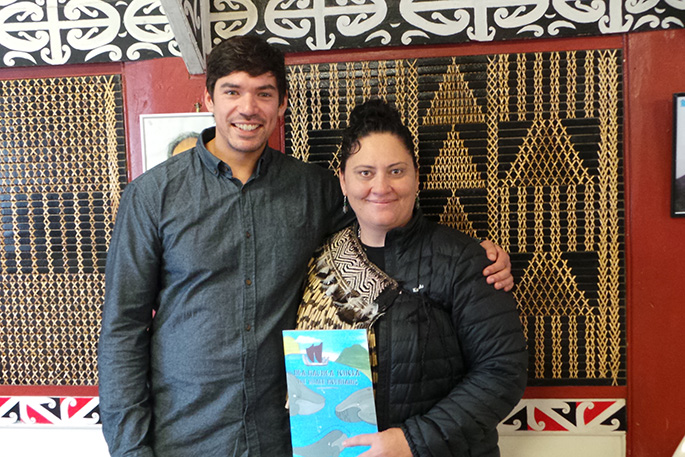
V: Let’s talk about the launch, because we’ll have different accounts of it I reckon!
H: The most satisfying feeling was returning the finished pukapuka back to the marae for karakia with the pākeke. Part of one of Inspired Kindergartens kaupapa is a korowai [cloak] project. We collected 25 korowai from throughout our association and the tamariki wore them. It was stunning. The day was cold too, so just as well they had warm korowai on! They had their kindergarten trolleys with books in them. I laid a korowai on each trolley and the tamariki hauled them right up to the marae.
The pākeke noted that people had come to talk to them over the years and reproduced their words, but no one had ever taken the kōrero back like this. It was a very emotional experience. I’d like to mention Matapihi Kura, Otepou Kura, Arataki School, and Tauranga City Libraries for coming.
The pākeke noted that people had come to talk to them over the years and reproduced their words, but no one had ever taken the kōrero back like this.
V: I remember it as a cold May in 2017, worse than Wellington! I was nervous. I sat with my Nana Maria and my pākeke inside the house, Rongomainohorangi, just in front of the window. I remember those carts coming up with you guys too. It was the first book launch inside my whare, Rongomainohorangi, and my whānau were stoked with it! It was an emotional occasion for me. It was awesome to see all these tamariki sitting around the marae, reading the story, their story, on our marae.
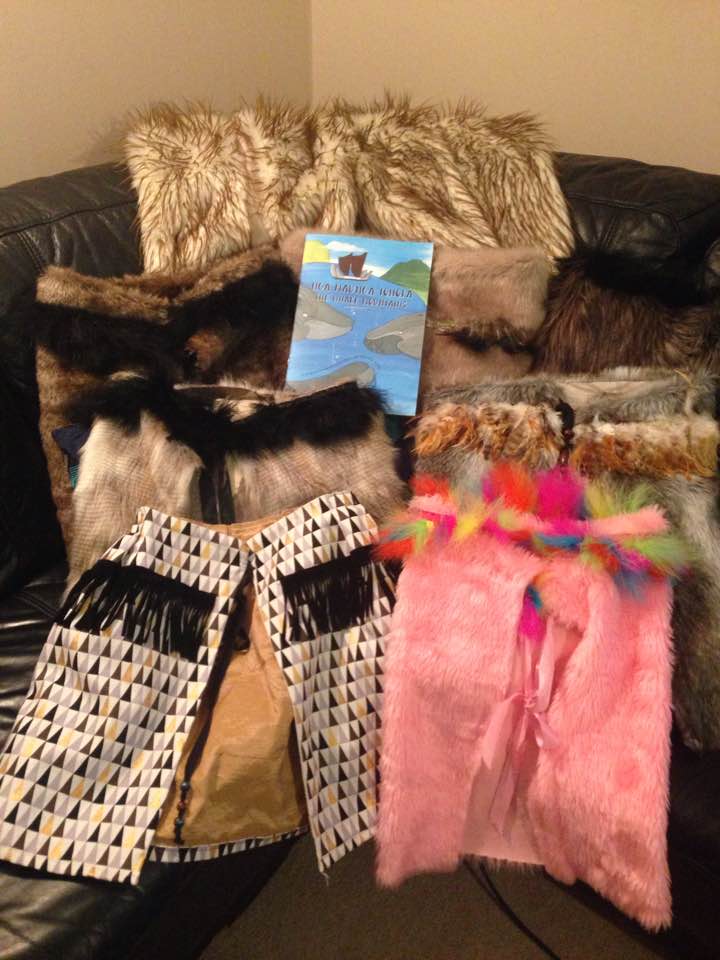
H: Yeah that launch was perfect. The aroha that pākeke have for mokopuna is a thing of such great beauty and I am constantly in awe of the time and energy everyone devoted to the project. If we keep tamariki at the centre of our mahi and the benefits are clear it makes the journey easier. That was always at the forefront of my mind.
I use this whakataukī for my mahi: he aha te mea nui ki tēnei ao? He tangata, he tangata, he tangata [What is the most important thing in this life? It is people, people, people]. But I change it to this: ki a mātou, ngā kaiako, ko te tamaiti, ko te tamaiti, ko te tamaiti [to teachers like us, it is children, children children].
V: Do you have any final words to people wanting to write iwi narratives for kids?
H: Working with iwi takes time, so don’t be in a hurry. Being told ‘that’s not the way we want to do it’ isn’t a whakaiti [criticism] so don’t take it personally. Dr Rose Pere says do everything with aroha. I love my iwi Ngai Te Rangi, and it was important, to both you and I, that we do a great job. Do it with aroha, I mean who doesn’t love the nannies saying ‘good girl’ even at 45 years old! Ha!
Protection, participation, partnership, and responsibility. They’re not just catch words, they are kupu that guide us to do our utmost to honour our role as treaty partners and kaiako to all tamariki.
Lastly, ask them, ask the tamariki. We tested the pukapuka to come up with the version we created. If it’s too long they’ll get bored. If it’s boring they’ll tell you, straight up. Tamariki are honest as. Include the tamariki in writing the narrative.
V: Perfect! Tēnā koe!
Ngā Maunga Tohorā is available through Inspired Kindergartens. Email: accounts@ikindergartens.nz
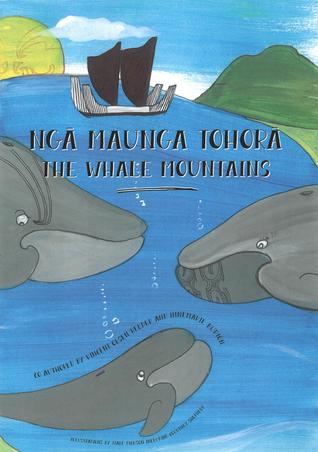
NGĀ MAUNGA TOHORĀ
By Vincent Olsen-Reeder and Hinemārie Burton
Illustrated by Tiare Dickson and Courtney Shepherd
Published by Ngā Pōtiki and Inspired Kindergartens
Vini Olsen-Reeder
Ko Koopukairoa te maunga,
Ko Waitao te awa,
Ko Rongomainohorangi te whare tipuna,
Ko Tūwairua te wharekai.
Ko Ngā Pōtiki a Tamapahore te iwi,
Ko Te Tauhou te tangata,
Ko Paraire te whānau.
Ko Vincent Ieni Olsen-Reeder ahau.
He kaiako reo ahau ki Te Whare Wānanga o Wikitōria.
He ngoke kai whārangi, he kaituhi, he ngākau nui ki te whai kia noho para kore.



